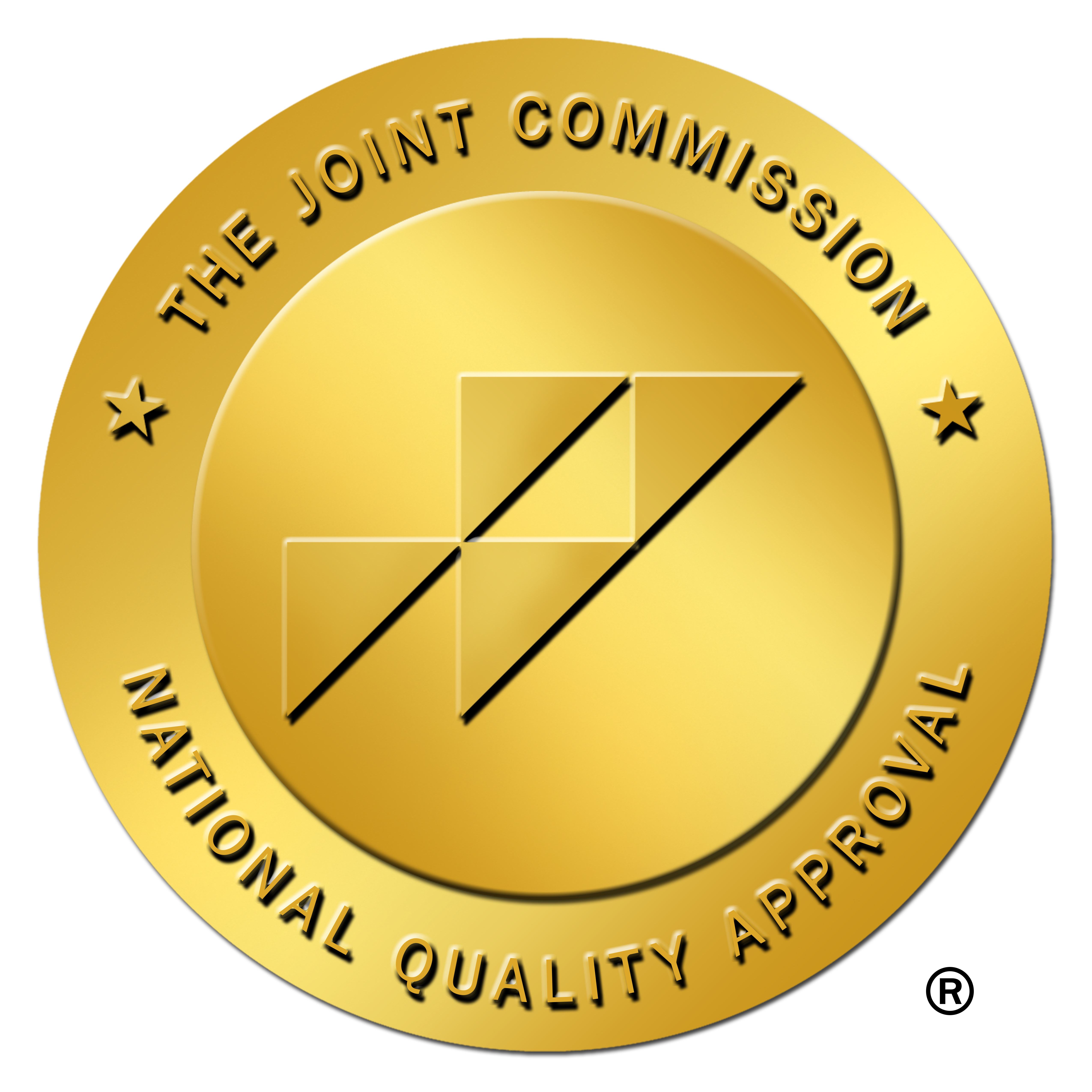If you or someone you love is in need of treatment for opioid addiction, it’s helpful to have a basic understanding of the difference between opiates versus opioids. This article is a good place to start, including definitions, key differences, and a brief explanation of opioid addiction today.
Opiates Defined
The term “opiates” is defined by the Center for Disease Control (CDC) as “natural opioids, such as heroin, morphine, and codeine”. Basically, this means that opiates refer to substances whose chemical components are made by nature, not by artificial means.
These organic substances are derived from the poppy plant and include opium, codeine, and morphine. Opiates bind to the opioid receptors in the nerve system and in the brain.
Opioids Defined
The term “opioids”, on the other hand, is a term that generally includes all substances derived from the opium poppy plants, whether those be synthetically made or a combination of the substance found in nature and synthetically made (called “semisynthetic”). These substances also bind to the opioid receptors in the nerve system and in the brain.
Why are “Opiates” and “Opioids” Used Interchangeably?
The terms “opioid” and “opiate” are oftentimes used interchangeably. The main difference between the two terms is how they are made – either derived from the poppy plant or created in a lab.
However, there is a general consensus from the professional medical community that the terms refer to the same thing – a class of drugs that is potentially dangerous that can produce pain relief, slowed respiration and heart rate, and euphoria. Most agree that the term “opioid” is used more often in scientific literature and within the medical community.
Drug Classifications
The CDC has several classifications for opioids, including natural opioid analgesics (opiates), semi-synthetic opioid analgesics (oxycodone, hydrocodone, hydromorphone, and oxymorphone), methadone, and synthetic opioid analgesics (tramadol and fentanyl).
Opiates derived from organic sources include opium, morphine, codeine, and heroin.
Prescription Opioids
Prescription opioids are those that are given by a doctor to a patient. The most commonly prescribed opioids are methadone, oxycodone, and hydrocodone. Doctors prescribe these medications for pain relief, such as for patients after surgeries, procedures, or for patients with conditions that cause chronic pain, such as cancer. However, prescription opioids can be highly addictive, even if a medical professional recommended their use.
Illegal Opioids
Heroin is an illegal opioid made from morphine. If a patient becomes addicted to prescription opioids and then has difficulty obtaining those prescription drugs, they might purchase heroin as a result of their addiction. In fact, research has shown that misuse of prescription pain medicines such as Oxycontin and Vicodin may lead to heroin usage.
Since heroin is illegal, it is not regulated by the Food and Drug Administration. This means that heroin can have unknown additives that can be extremely harmful to the body and potentially lead to death.
Opioid Addiction
You might have heard the term “opioid epidemic”. This refers to the alarming increase in opioid addiction that has occurred in the United States. The rate of deaths caused by opioid overdoses continues to rise in this country, whether those be overdoses of prescription opioids, or illegal opioids, or opiates.
There was a sharp uptick in the number of prescriptions given for opioids in the 1990s before their highly addictive properties were well understood. This caused an alarming amount of new opioid addictions as well as overdose-related deaths, which continues today.
Why are opioids and opiates so addictive? The answer lies in science: we know that there are opioid receptors within the body. When opioids or opiates are introduced into the system, not only are pain receptors blocked, leading to a reduction in pain, a chemical called dopamine is released in large amounts. Dopamine can produce feelings of pleasure, leading the person using the opioid to want to experience this sensation more than once.
Withdrawal symptoms from opioid or opiate usage can be severely debilitating, causing many users to fail when they attempt to quit using.
Seeking Treatment for Addiction
Whether you or a loved one is addicted to opiates or opioids, there is no one proven way to get treatment that works for everyone. Treatment for addiction must take into account each individual’s strengths, weaknesses, physical health, mental health, and support systems. The decision to get treatment for opioid or opiate addiction can be extremely frightening. A user might feel isolated, alone, or hopeless.
The good news is that treatment for addiction has come a long way in the past fifty years, including advancements in science, new medications, and innovative therapies that can help heal anyone suffering from addiction. If you are struggling with opioid addiction – or any sort of substance addiction – the team at Integrative Life Center will meet you where you are. We create individualized treatment programs with protocols that are suited to your specific needs.













